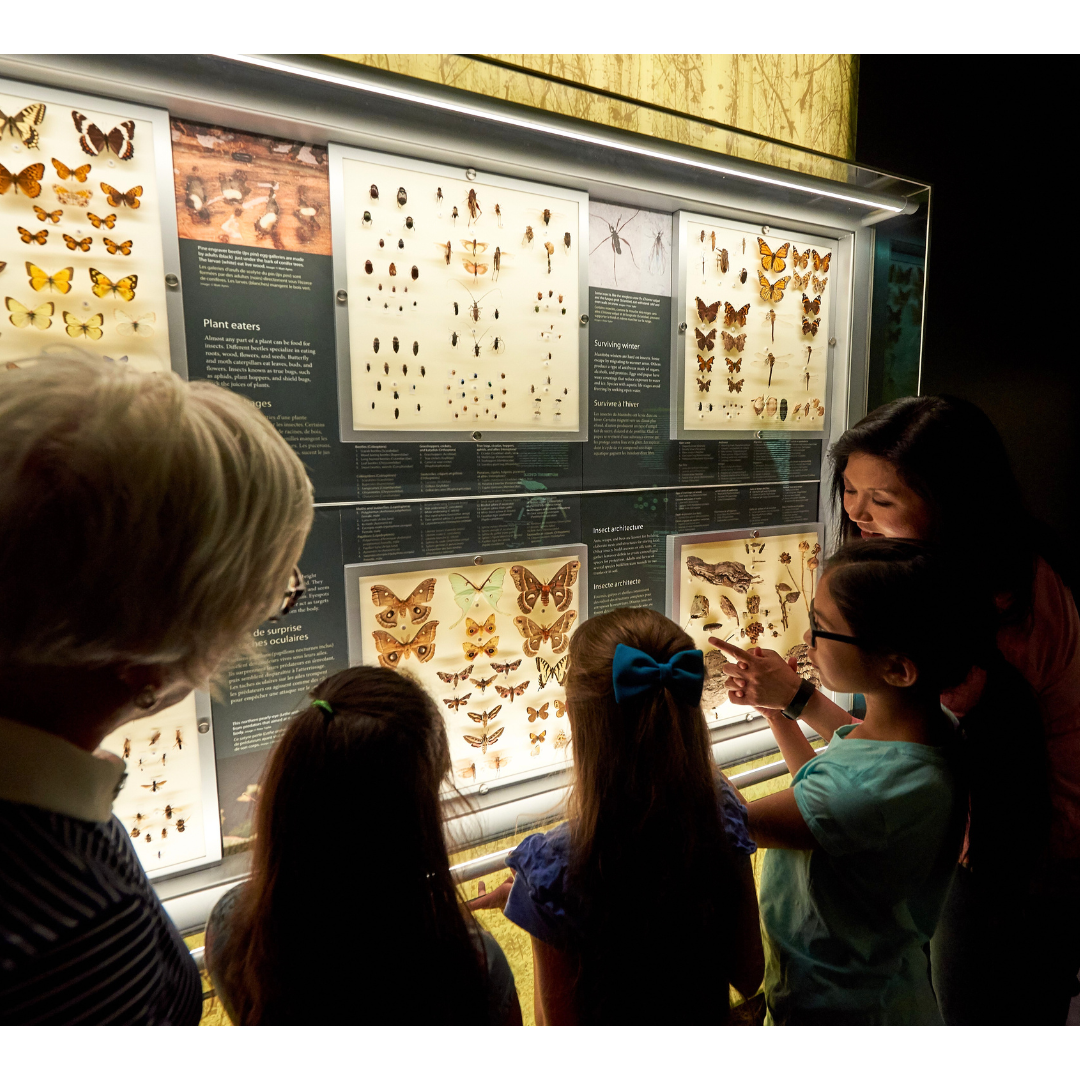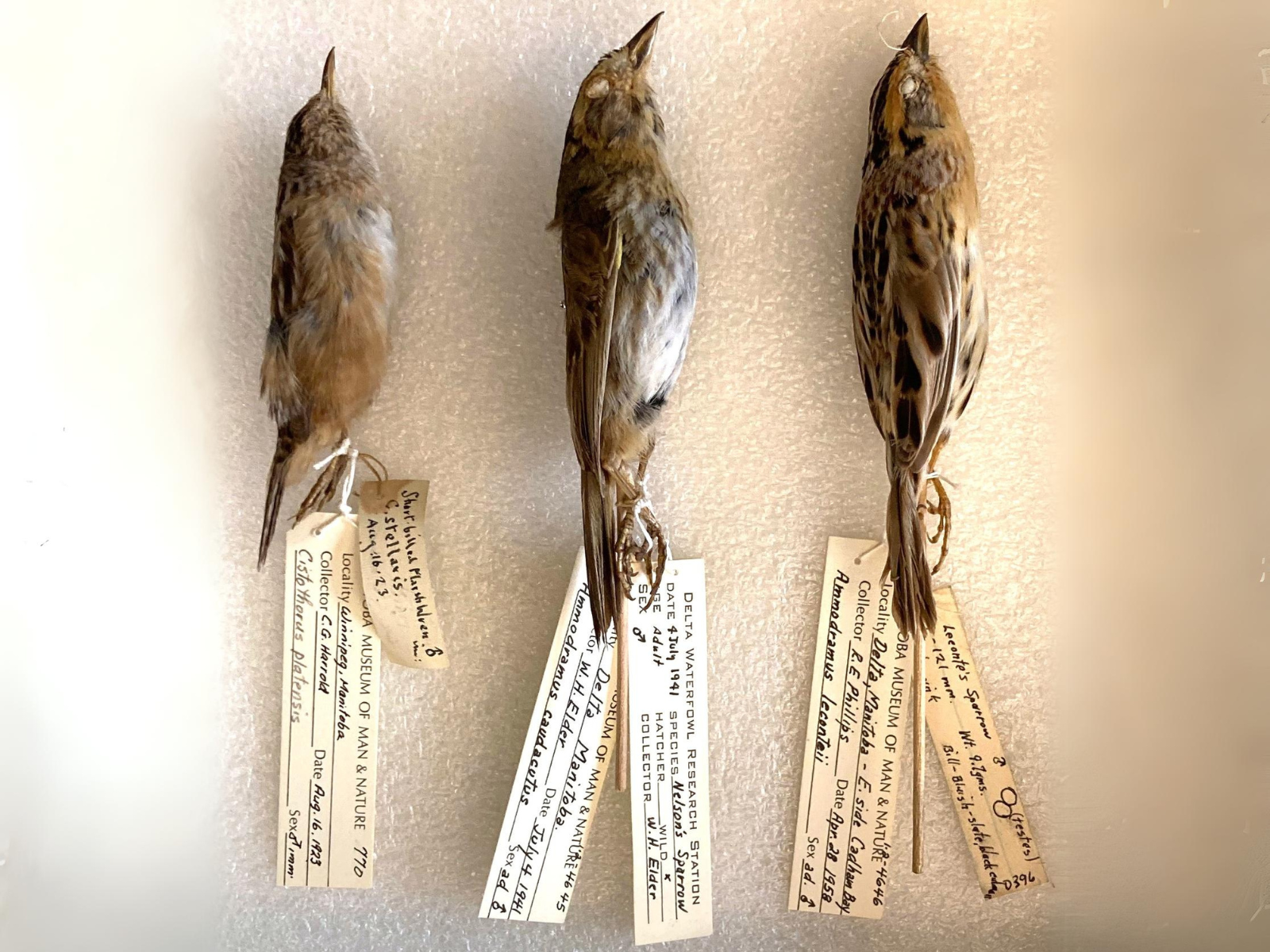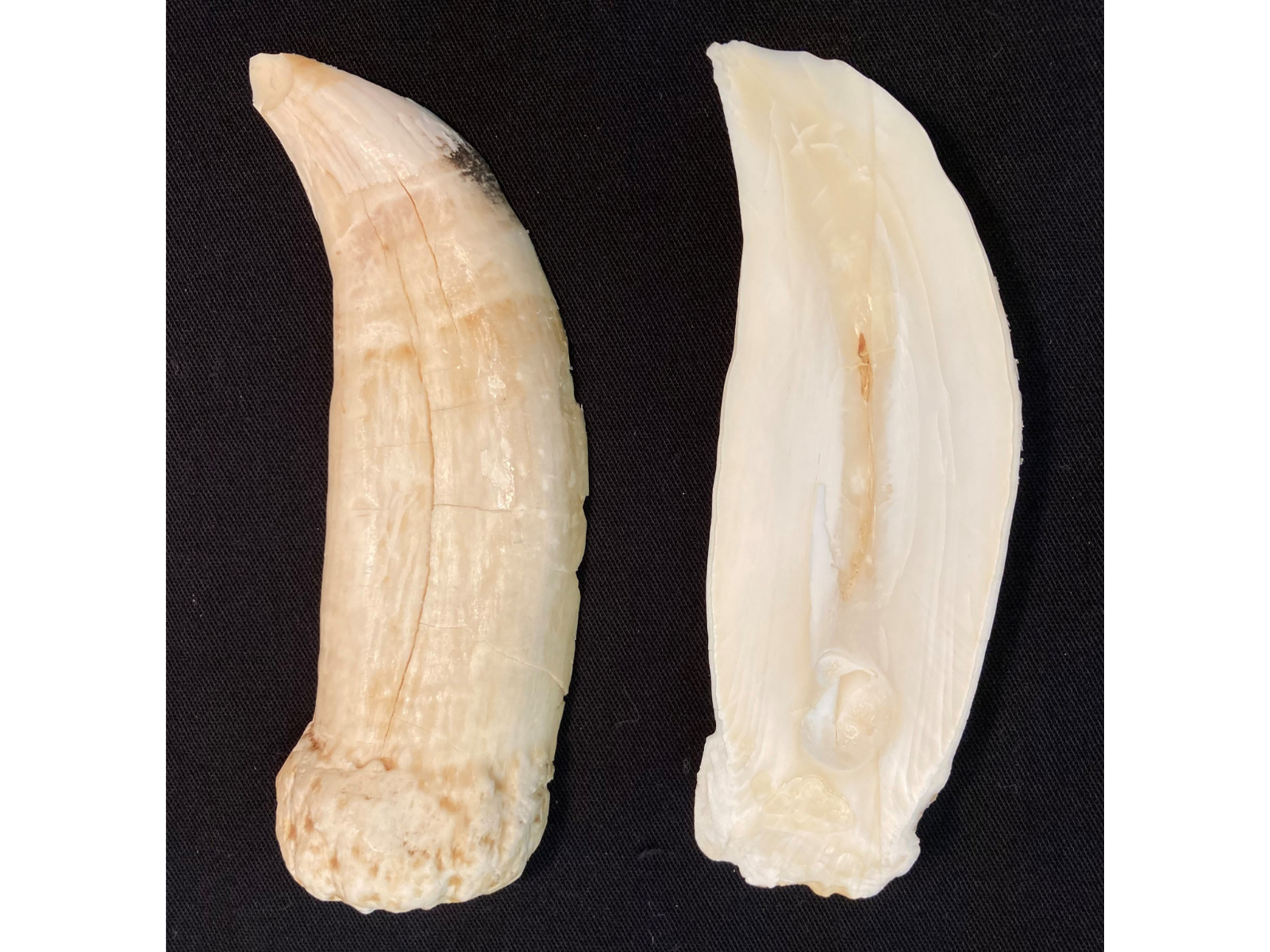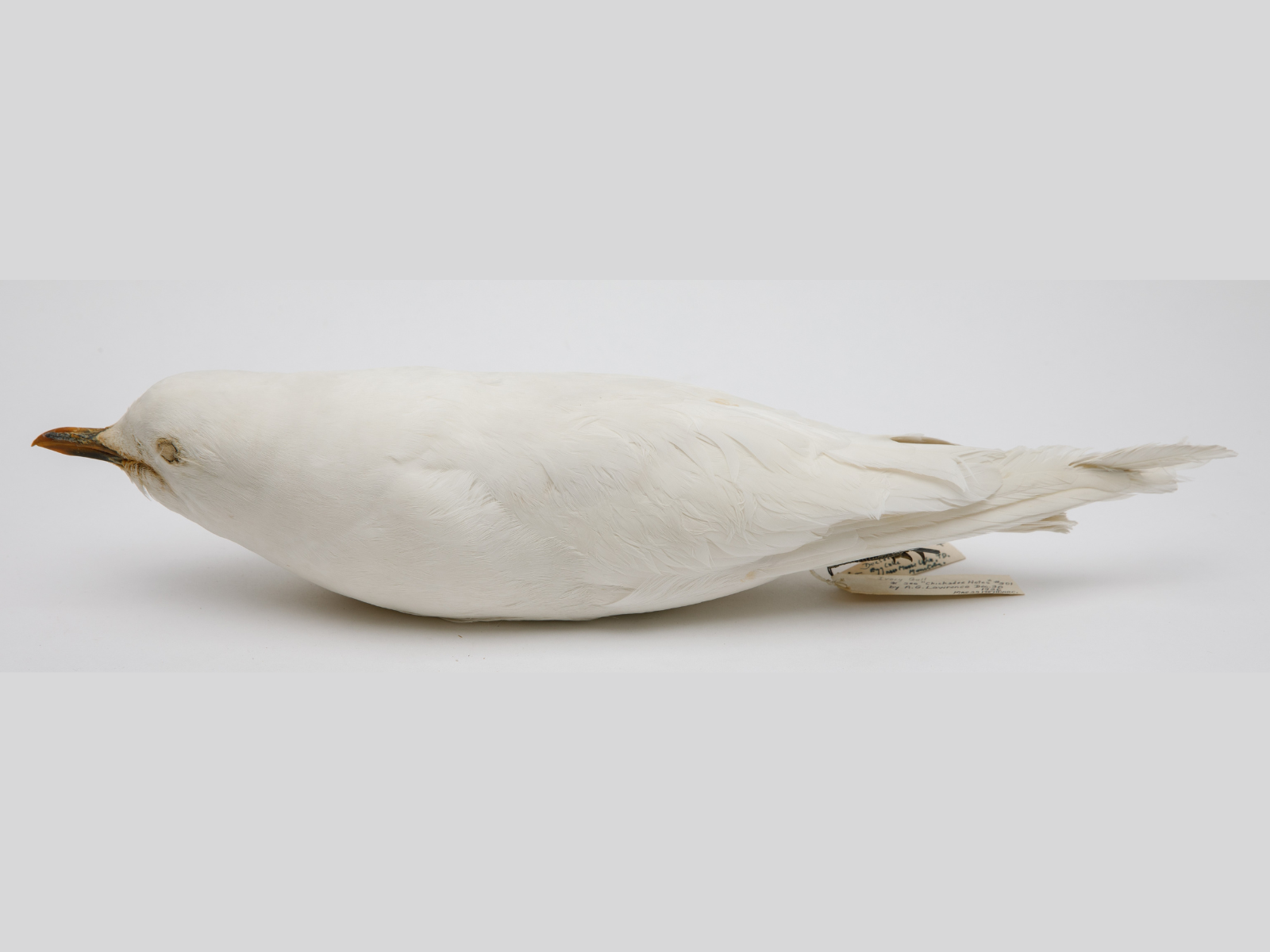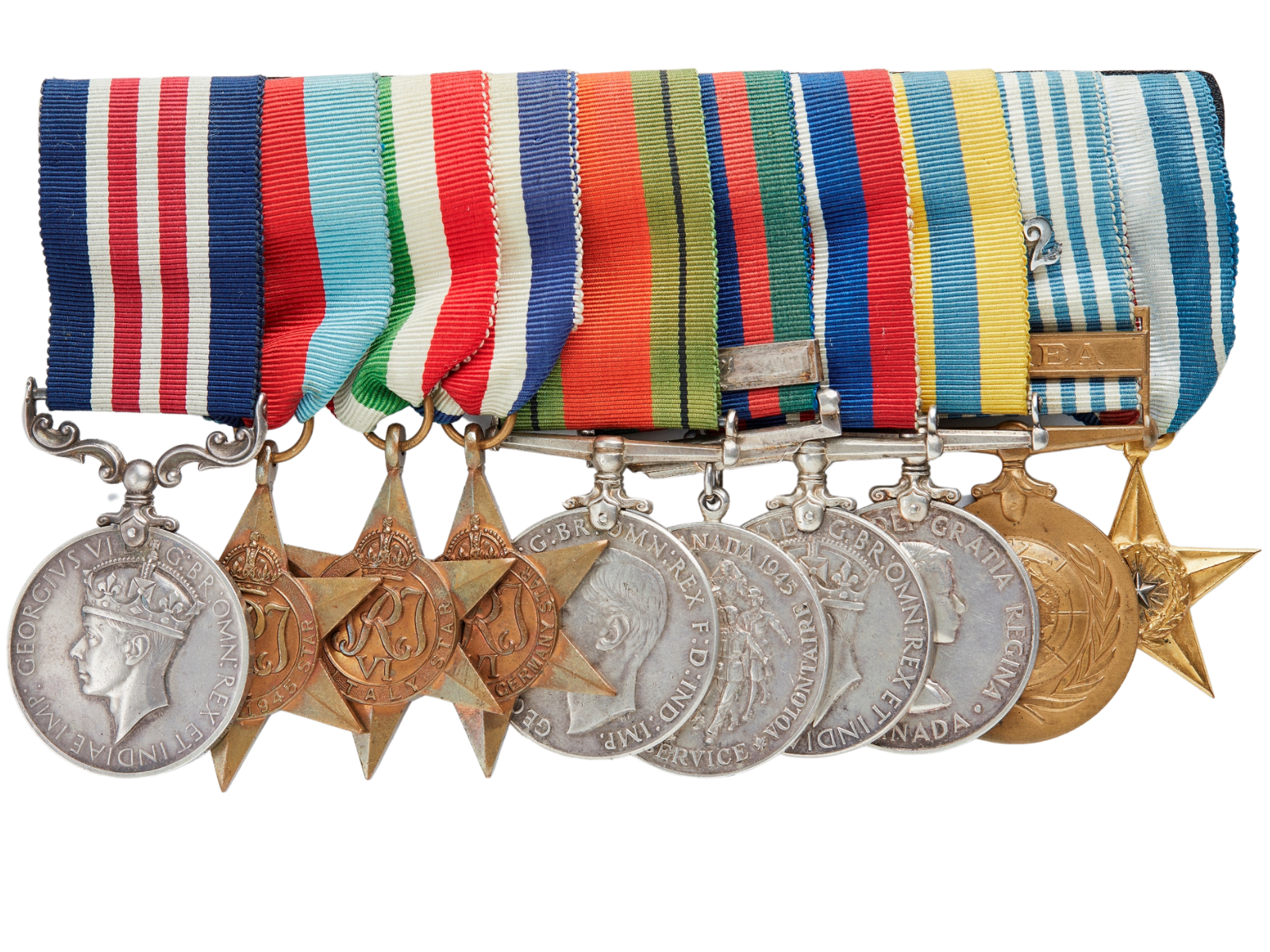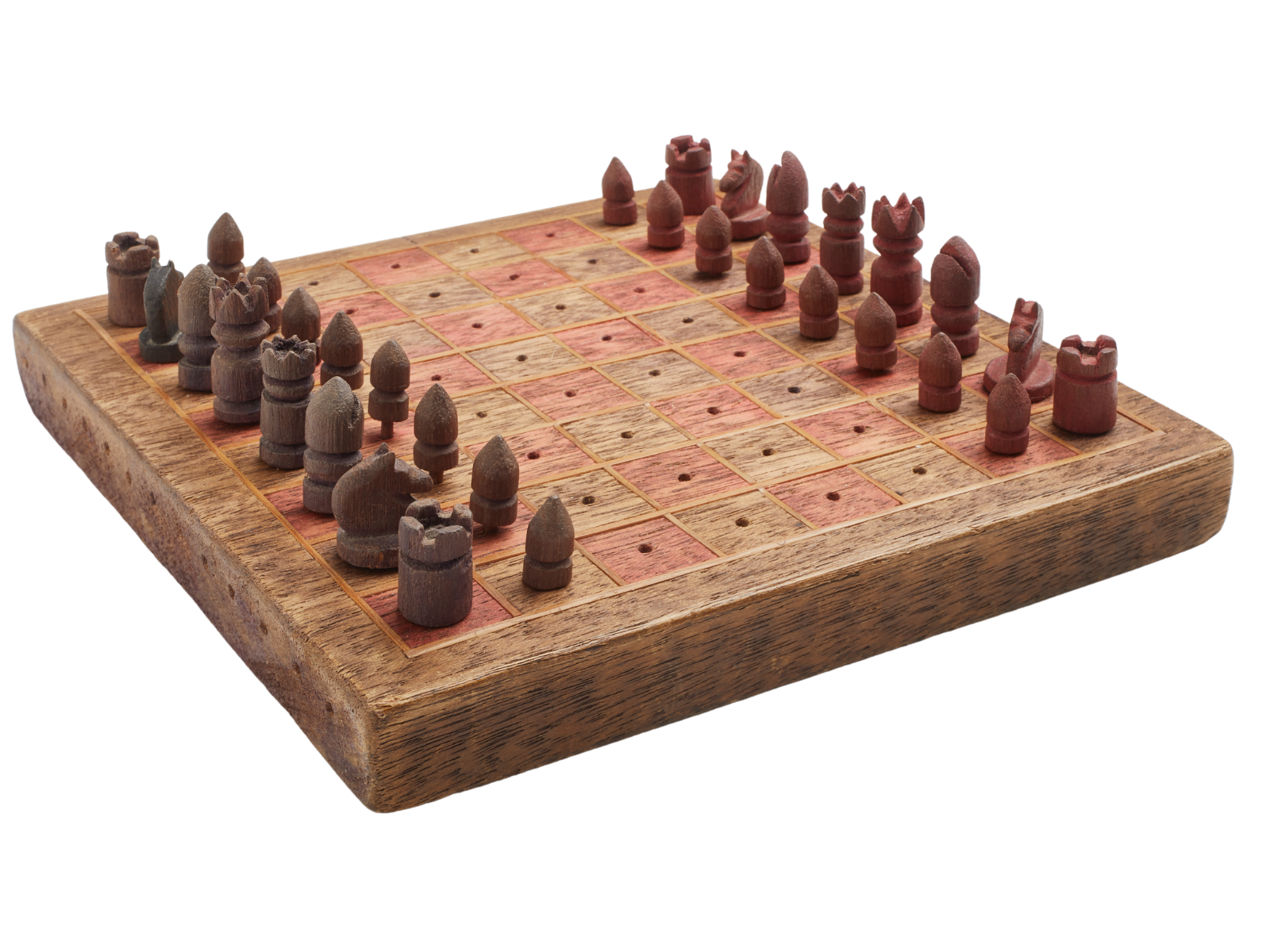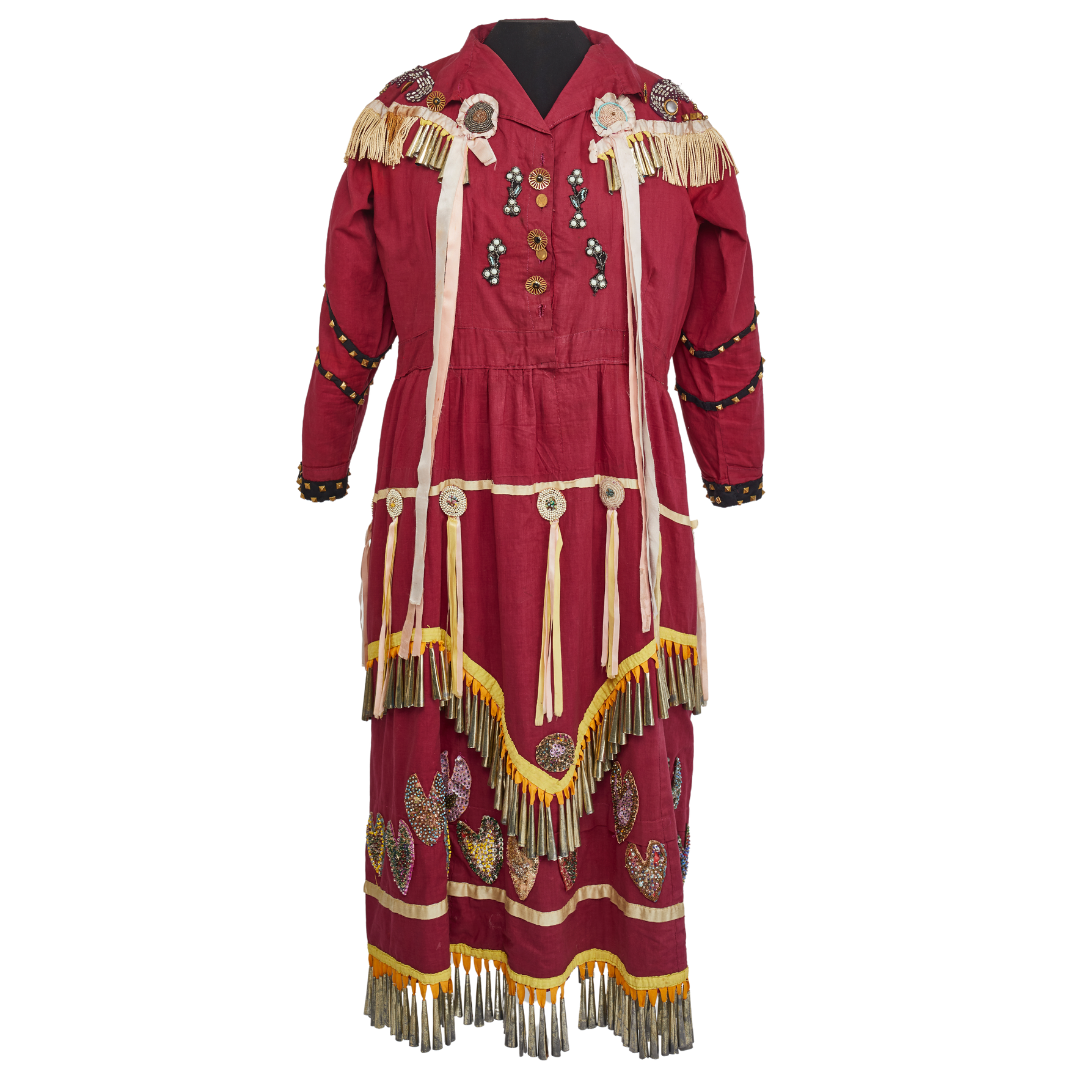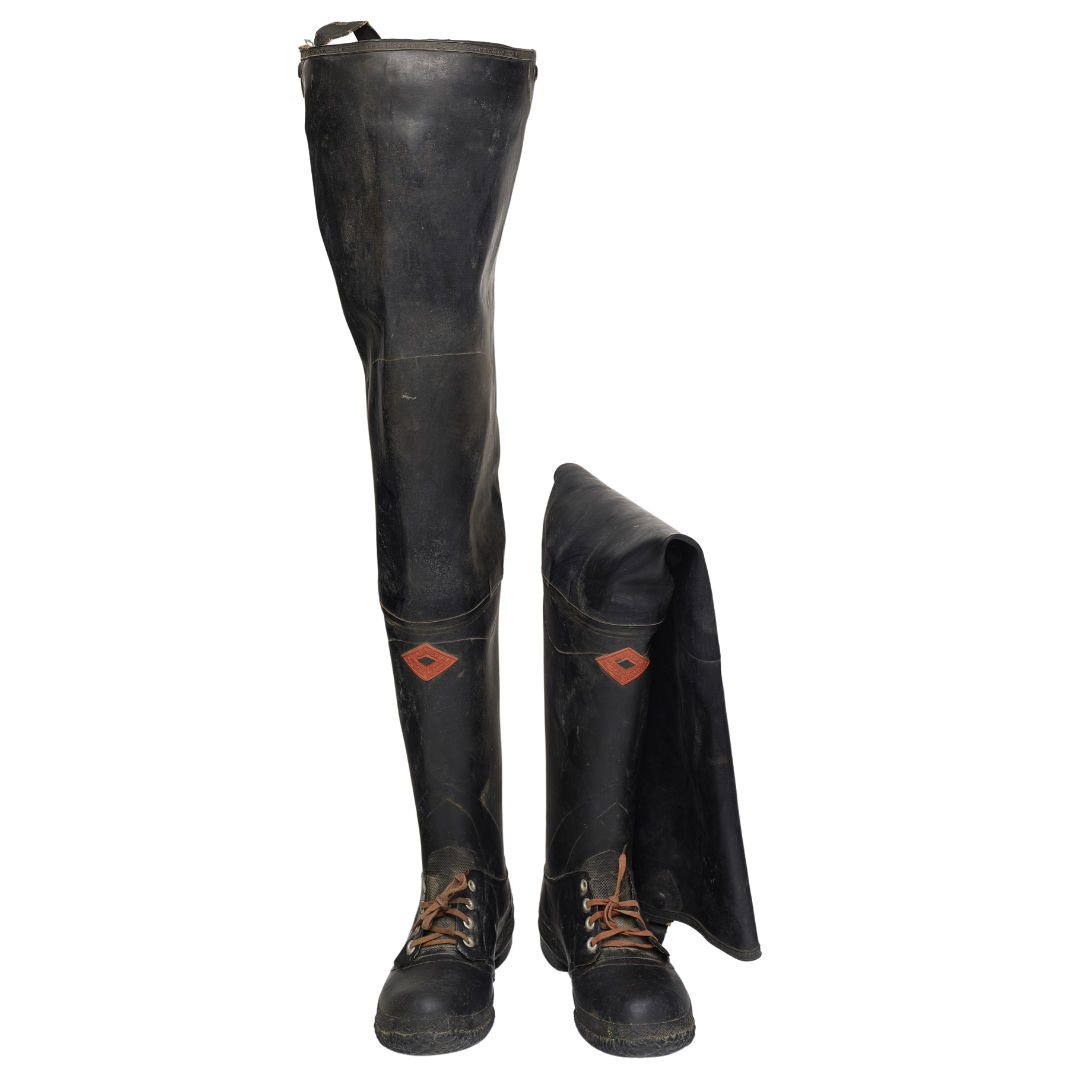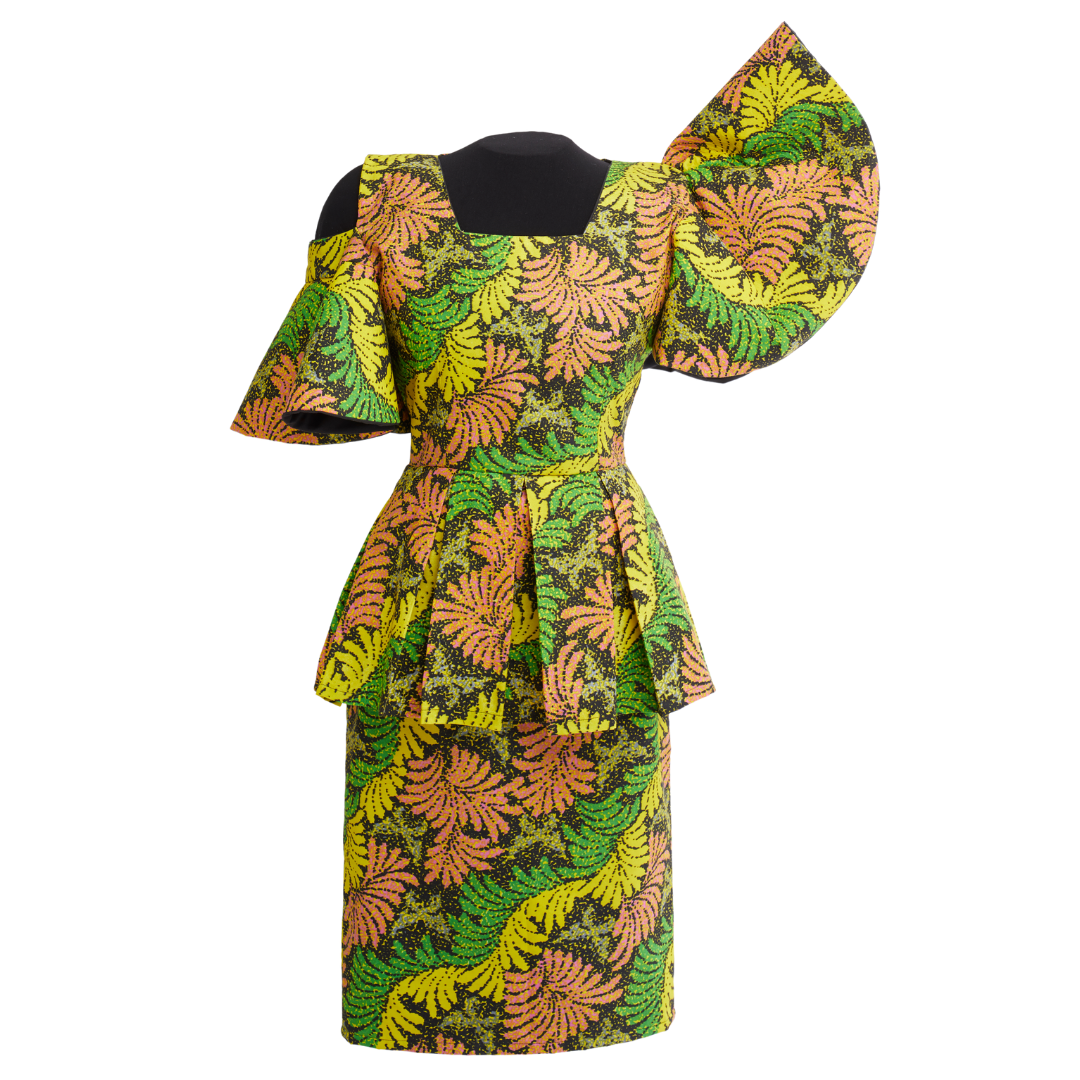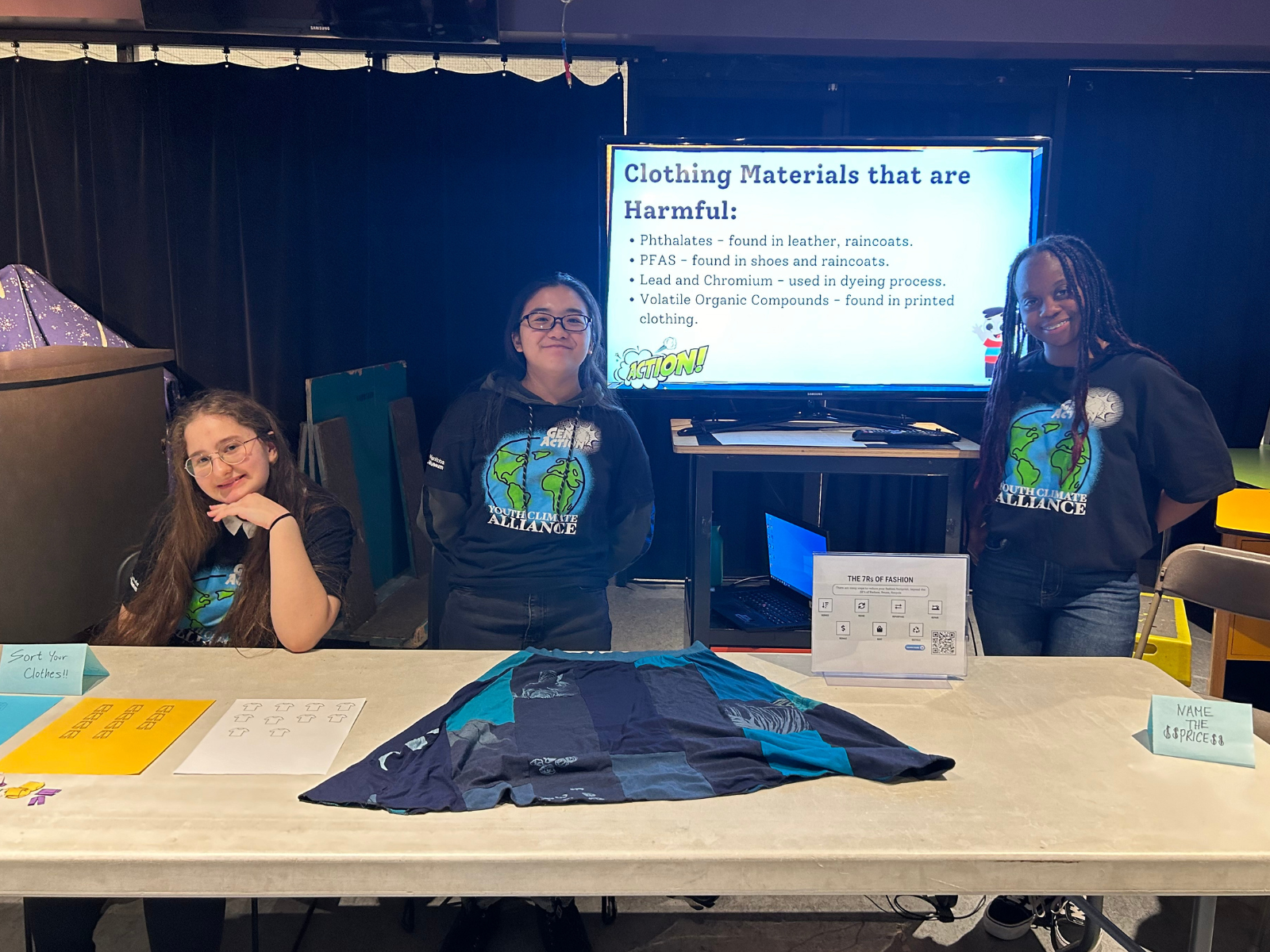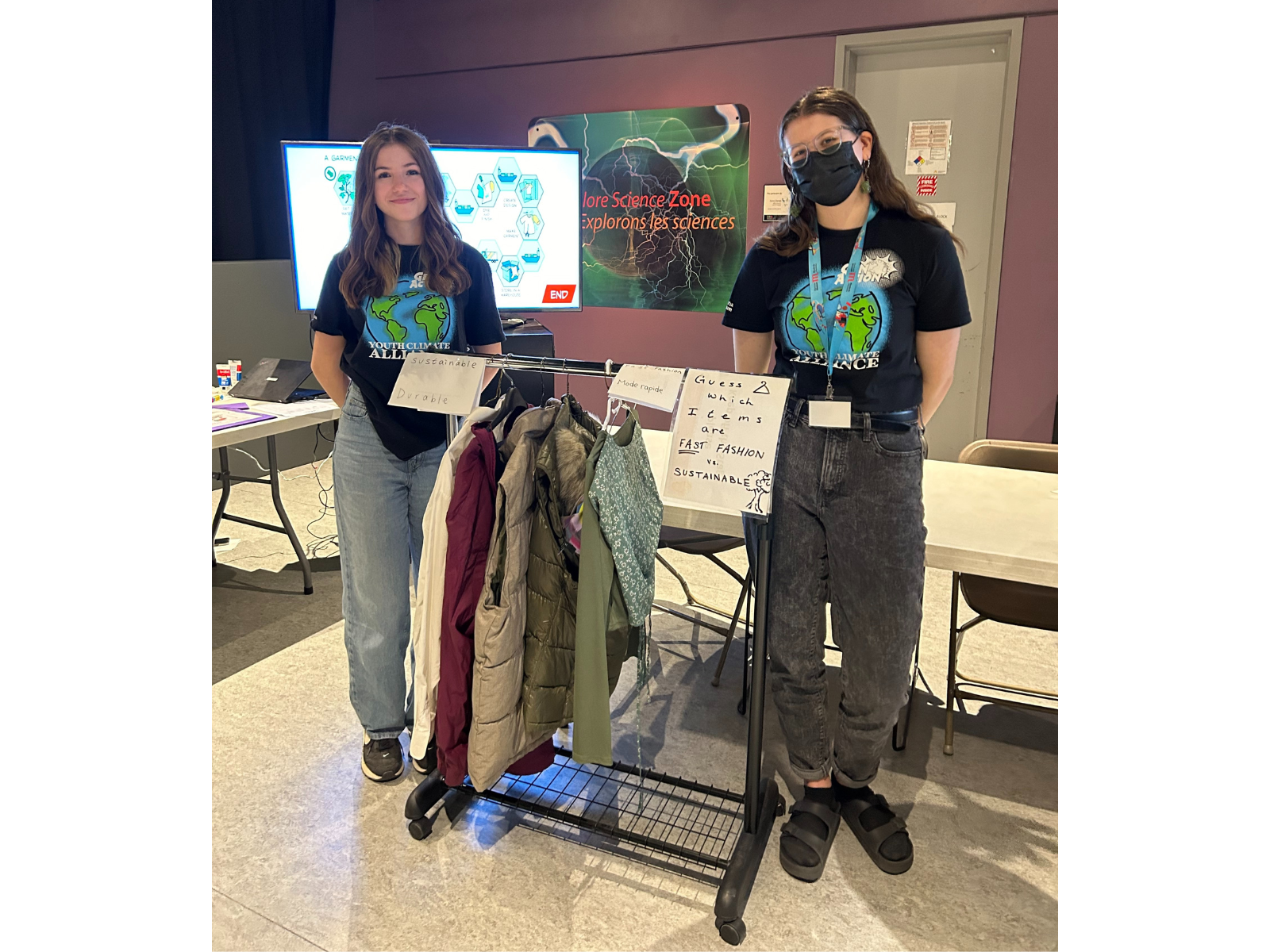By Mika Pineda, Learning and Engagement producer for Youth Climate Action at the Manitoba Museum
Working with youth always fascinates me. Their enthusiasm, creativity, and eagerness to learn are contagious; even tackling a complicated topic such as climate change is something that they are ready to take on.
Climate change is a global concern. It is the long-term change in the Earth’s overall temperature, with massive and mostly permanent effects. You see, climate change solutions are not simple for many, but for youth, you would be surprised with what they can come up with given the opportunity.
Young people play an important role in combating the climate crisis. They hold power in making a difference in the community and accelerate climate action. With youth’s increasing awareness and knowledge about climate change, many institutions are stepping up to provide a platform for them to pursue their climate change advocacies.
Participants host events to raise awareness and start important climate conversations. ©Manitoba Museum








